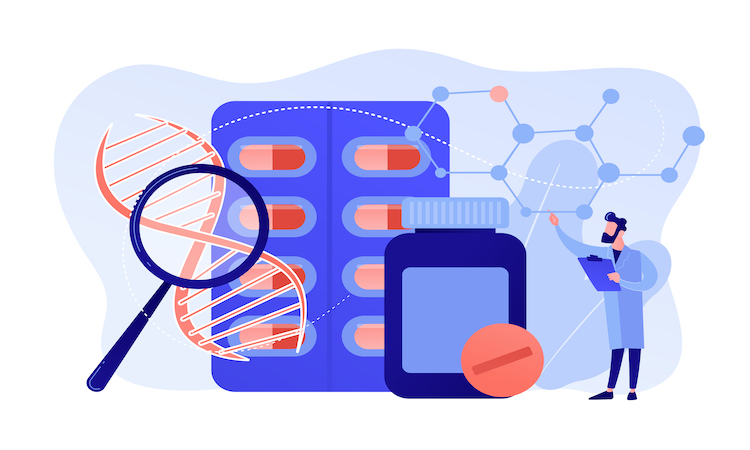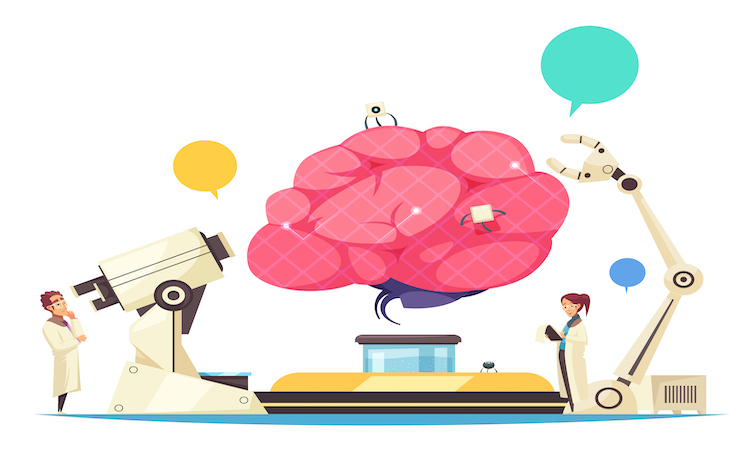Clinical characteristics of acute myeloid leukaemia patients with a large number of azurophilic granules: A single-centre retrospective study
Ehsan2024-06-28T00:18:27+00:00Clinical characteristics of acute myeloid leukaemia patients with a large number of azurophilic granules: A single-centre retrospective study Abstract Large amounts of azurophilic granules are considered to be a morphological feature of acute promyelocytic leukaemia (APL). However, a small percentage of acute myeloid leukaemia (AML) patients also have a large number of azurophilic granules. A large cohort of 3210 AML patients in our hospital was screened to identify AML patients who had a large number of azurophilic granules. The clinical parameters of these patients were collected and compared with typical AML patients (control Group 1) and APL patients (control Group [...]




